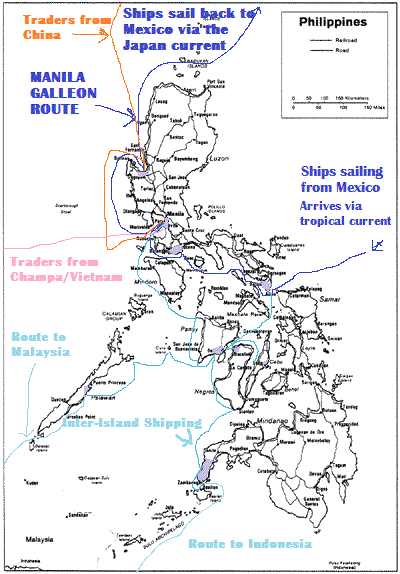
The areas I colored in Peruvian Silver are areas known to have large Latino and Spanish settlements.
Class A - Military Fortress Settlements
City Number 1: Zamboanga City
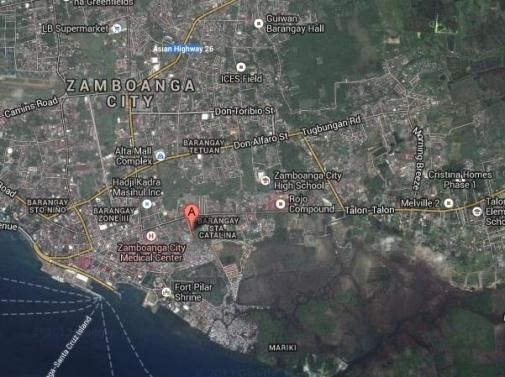
Located in the Peninsula fronting Muslim Mindanao, it's the Hispanophone capital of the Philippines...
Zamboanga city is also known as the Latin City of Asia.
It was a fortress-city and it holds the concentration of the manifold soldiers sent by Spain [Composed of an assorted force coming from the west coasts of Guatemala, Chile, Columbia, Peru and Mexico] (To quell the Moro rebellion against the Sultanates of Maguidanao, Sulu and Lanao) during the Spanish-Moro Wars.
Coincidentally, they are the only Hispanophone area of the Philippines which still speak Spanish, whereas other cities in the Philippines have abandoned Spanish in favor of American English. Their language Chavacano (A Creole descended from Spanish). Is a smattering of Mexican-Peruvian-Columbian vocabulary subsumed under Spanish with some Italian in it.
Zamboangueño Chavacano: - This is the lane of the Zamboangueños, - A Conglomeration of 70% Ancient Spanish/Castillan and 30% influences from other Romance Languages such as Portuguese, Italian, Native American such as Nauhl't, Taino, Quechua, Mexican-Indian, et.al...
and Philippine Austronesian such as Ilonggo, Subanon, Tausug, Yakan, Sama-Lauan, Sama-Banguigui, Cebuano/Bisaya, Tagalog and Filipino English.
*Zamboangueños are generally fair skinned... Mestizos y Mestizas * Origen del Zamboanga: - Ciudad de Las Flores, - Samuang - Jambangan
Source: http://en.wikipedia.org/wiki/Chavacano_language
City Number 2: Puerto Princessa City
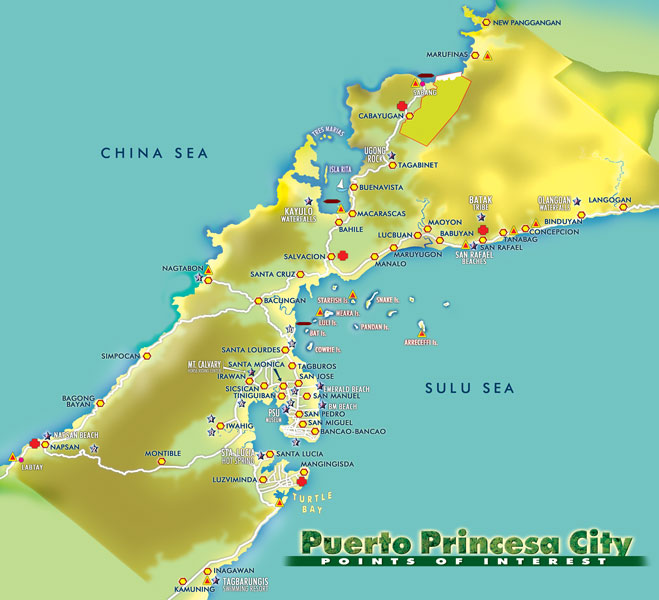
Located in Palawan island fronting Muslim Malaysia, Puerto Princesa City like Zamboanga is also another military-fortress location. Although the number of Latinos and Hispanics here don't compare to that Zamboanga. The place still has a fair number of Latinos and Spaniards living there.
It was the site of many battles between the alliance of the Sultanates of Brunei, Sulu and Mallaca against the Viceroyalty of Nueva España.
Trivia: The politicians who rule Puerto Princessa have American ancestry. I.E. Mayor Edward S. Hagedorn
Also, Colombians might find this interesting in that the the Bishop of Pasto and a Colombian Saint: Ezekiel Moreno, was one of the founders of the city of Puerto Princesa.
Class B - Old Urban Centers
City Number 3: Cebu City
The oldest city established by the Spanish; formerly, it was called El Ciuded de San Miguel.
It was established on the ruins of the Rajahnate of Sugbo who's royal capital was at Singhapala [Sanskrit for Lion City, same as Singapore's Singhapura] (Now located in down-town Cebu City)
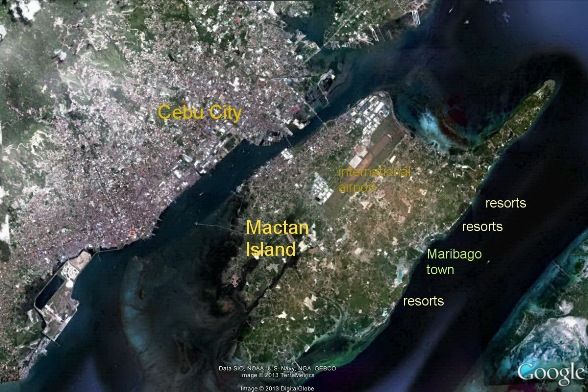
It's one of the most heavily Criollo-ized areas of the Philippines.
Not only can you find tons of Latinos and Spaniards in Cebu but you can encounter full-on-white people who posses Filipino citizenship
City Number 4: Iloilo City
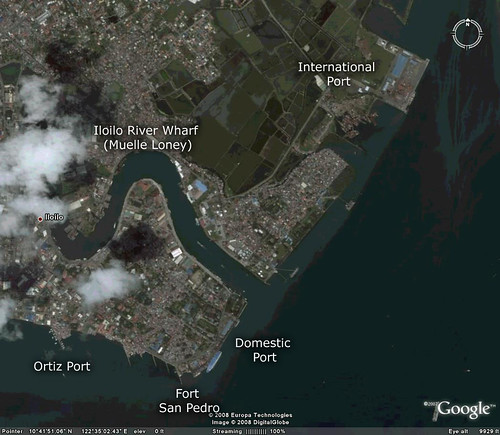
The loyalists' bastion. The city is at the edge of the heart-shaped island of Panay and has been accorded, by royal decree, the perpetual title: La Muy Leal y Noble Ciudad.
Translation:
The (world's) most noble and loyal city...
As accorded by Queen Maria Cristina of Spain.
The city was originally established by disgruntled datus from Sumatra, Borneo and Sulawesi who rebelled against tyrannical rule of Rajah Makatunao and sought to establish a new country called Madya-as on the island of Panay when their civilization began to fall apart with the collapse of the Sri-Vijaya empire.
They allied themselves under the Spanish in order to counter-act the Sultanate of Mallaca who had caused the collapse of Sri-Vijaya and Majapahit.
Allied with the Spanish, they then proved their chivalry and loyalty. Iloilo was then accorded it's royal title as the most noble and most loyal city due to several factors:
1) The people's chivalry and loyalty, wherein when the Spaniards and Latinos first came to the Philippines, the Rajah of Cebu at first wanted to starve the newly arrived Hispanics to death but they were saved when Miguel Lopez de Legaspi moved the Capital from Cebu to Iloilo where the more gregarious Hiligaynons provided them with food, weapons and shelter as well as the bulk of the native soldiers and manpower they used to subjugate the Huangdom of Ma-i and the Kingdom of Dong-du (Tondo) in Luzon.
2) After the capital was moved to Manila, the fortress-cities of Zamboanga and Puerto Princesa were also nourished by Hiligaynon soldiers and supply-ships who went to war against the Sultanates of Sulu and Mallaca.
3) During the Philippine revolution, the first province to send soldiers to help suppress the revolution at Bulacan was the city of Iloilo.
4) Iloilo was the last capital of Spanish Philippines. Thus having a history of being one of the first cities founded by Spain and the last to accede to independence (100 years more loyal than Mexico City and 20 years more loyal than Havana Cuba for example).
It earned the royal title due to these reasons.
City Number 5: Bacolod City

Known as the sugar capital of the Philippines. Bacolod City is famous for the Mascara festival and the place has produced alot of millionaires, including the Lopez family (Owner of ABS-CBN) and the Araneta family (Owners of the Araneta Colliseum)
This is the city that helped saved the Republic. During deliberations inside United States to make the Philippines the 49th U.S. state, American lobbyists blocked the proposal because they reasoned that making the Philippines a US state would kill the sugar and tabacco industry in America which was already swamped by sugar and tobacco imports grown at Negros island.
If it weren't for the sugar daddies of Bacolod who dominated the world sugar-production that made American unionists vote against inclusion into the United States. Then there will be no Republic of the Philippines.
Class C - Trans-maritime Shipping Hubs
EDITED:
City Number 6: Legaspi City
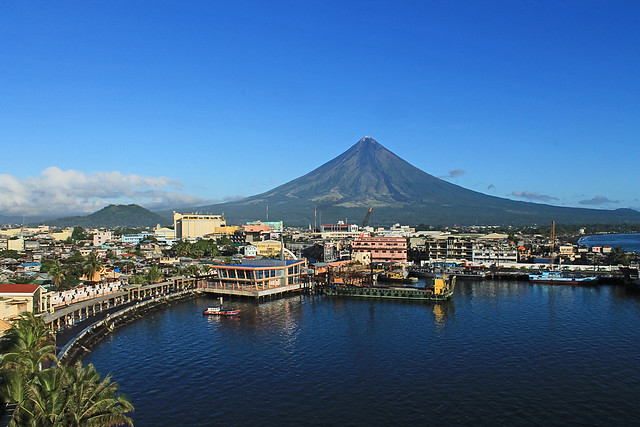
In the Spanish era, when the Manila Galleons had just arrived from Acapulco their first port of call was Legaspi City.
This caused the area to have many who have Hispanic ancestry.
City Number 7: Vigan City
Established by criollos...
Governor General Gómez Pérez Dasmariñas, in his account of encomienda dated in Manila on May 31, 1591, states: "The town of Vigan called Villa Fernandina consisted of Spanish settlers; a priest; a Justice Alcalde Mayor (Governor); and a Deputy. The King collects 800 tributes (equivalent to 3,200 subjects)." During this period, Vigan was composed of 19 barrios (districts).
Vigan was the last port of call of the Manila Galleons before they officially left Spanish territory and come upon the exotic islands of Taiwan and Japan. It is due to this fact, the place is the northernmost concentration Hispanics in the Philippines.
Now, finally, we have
City Number 8: Metro Manila
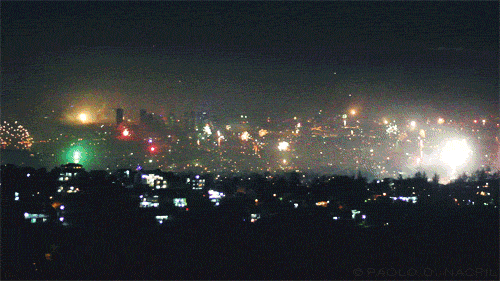
This burgeoning city. The most densely populated city in the world. Isn't just one city but a collection of 16 mainly Manila-proper and then Caloocan, Las Piñas, Makati, Malabon, Mandaluyong, Marikina, Muntinlupa, Navotas, Parañaque, Pasay, Pasig, Quezon City, San Juan, Taguig, and Valenzuela.
This is the administrative capital of the Philippines and there are many people with Hispanic descent living here especially in Intramuros, Cavite, Ermita, Makati and etc.

